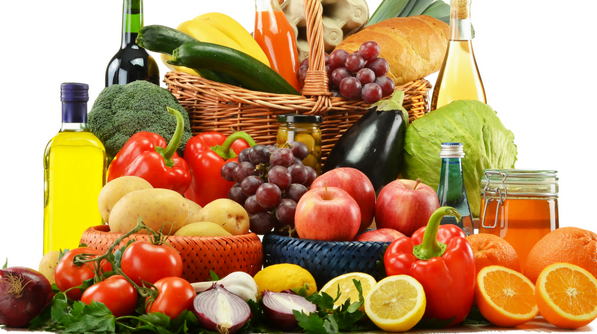Contents
show
Eggplant
- Reserve eggplants in a room with high humidity to preserve texture and taste and avoid dehydration. The optimal temperature for storing eggplant is 55°F (13°C). At 55°F, eggplants will keep for 1 to 2 weeks.
- You can collect eggplant in the refrigerator, not colder than 50°F (10°C). Wash the fruit clean, pat it dry with a kitchen towel, and place it in a perforated plastic bag to prevent it from drying. (Refrigerators are cold and dry, not humid.)
- If disclosed to temperatures below 41°F (5°C), eggplants will grow surface pits, bronzing, brown specks, and decay.
- Eggplant fruit stains rapidly when cut open, so it’s best to use it instantly once sliced.
- Avoid putting eggplants with apples or tomatoes; ethylene (a natural plant hormone published as a gas) given off by those fruits will cause eggplants to be copper-colored and decay.
Endive and Escarole
- Reserve endive and escarole in a cold and moist place (32°-40°F (0°-5°C) and 95 percent relative humidity). Place leaves or the whole head in the refrigerator in a perforated plastic bag in the vegetable crisper section.
- Endive and escarole will store in the refrigerator for about two weeks.
- Endive and escarole mature in cool or cold weather and hold in the garden for several weeks if protected by a thick layer of straw mulch or a plastic tunnel or hard frame.
Garlic:

- If you intend to use the heads in a month or so, save garlic at room temperature 60° to 70°F (15-21°C) at low moisture: store bulbs in a mesh bag dish in a cabinet. Don’t stretch garlic in the kitchen, where it will be revealed to intense light. At room temperature, garlic will keep for 1 to 2 months.
- If you want to collect the bulbs for various months, keep them in cold storage (32°-40°F/0°-4°C), a dry, dark place.
- Hard-neck garlic will keep in the fridge for 3 to 6 months; soft-neck garlic will keep in the refrigerator for 6 to 9 months.
- Repudiate garlic that produces fungus during storage.
- If you want to plant garlic again next season, preserve some of your largest, best-formed bulbs to stock also in the fall.
Kale:
- Kale will stock for two to three weeks at 32° to 34°F (0°-4°C) and 90 to 95 percent precipitation (moist) with some airflow.
- Wrap leaves in a damp cloth or paper towel and stores them in a perforated plastic bag in the refrigerator’s vegetable crisper, keeping leaves from dehydrating.
- If you prepare the whole leaf, the stems will become tender.
Kohlrabi:
- Reserve kohlrabi cold and moist, 32°-40°F (0°-4°C) and 95 percent relative dampness. Cold and damp storage is a hurdle. A refrigerator is out, but the air is arid—store Kohlrabi in a perforated plastic bag in the vegetable crisper section.
- With the leaves attached, Kohlrabi will keep in the fridge for 2 to 4 weeks; without the leaves, 2 to 3 months.
- If there is no place in the refrigerator, Kohlrabi can also be packed in a container—a bucket or plastic storage box or cooler–in moist sand, peat moss, or sawdust. Don’t pack stalks too tightly; if the stems touch, they can start to rot; be sure to leave 2 inches (5 cm) of the insulating body around at the collected roots’ top, bottom, and sides. Set the lid open so that there is large air circulation and put the container in as cool a place as desirable short of freezing, such as a basement, garage, or shed.
- Check tubers in storage often and remove any that show signs of deterioration. If collected stems get too warm, they will sprout new tops and become woody.




